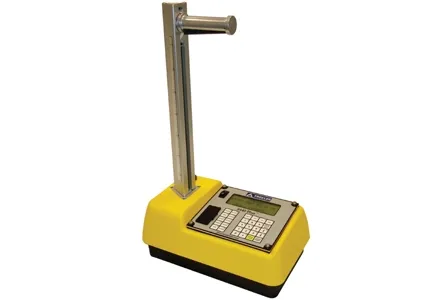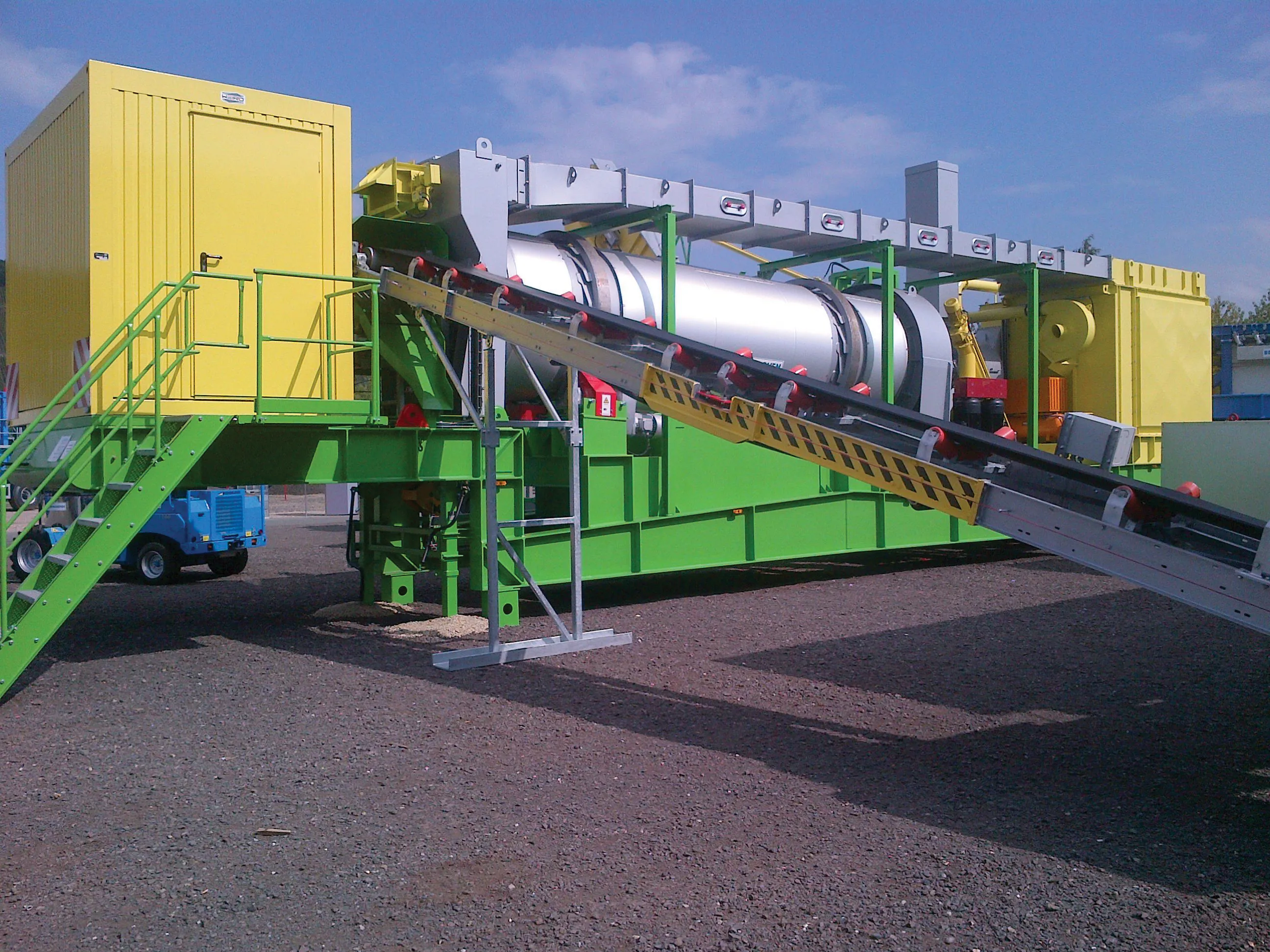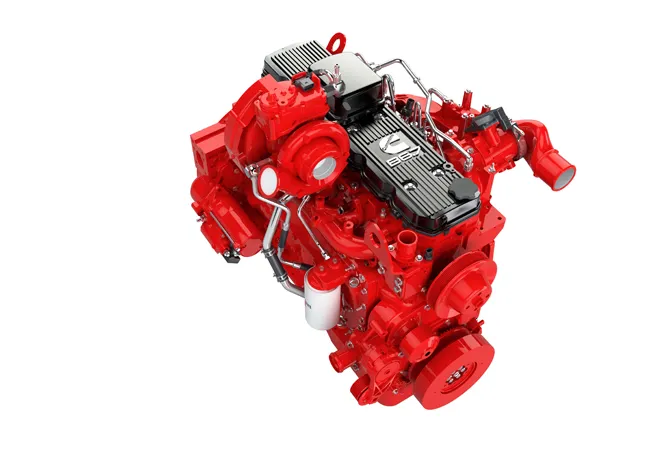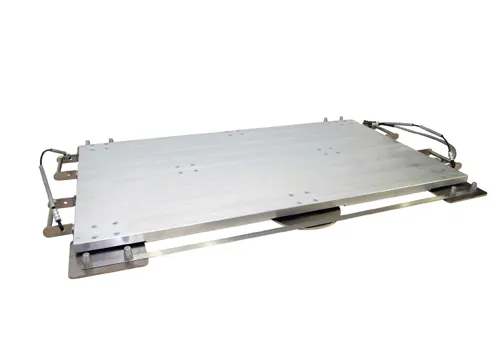Troxler Electronic Laboratories is celebrating 50 years of providing services to the highway industry. In this half-century, Troxler says it has been awarded over 100 patents by the US Patent Office for innovative products that have improved or created many of the new technologies used today in the construction industry. The company is originally known for its nuclear moisture density gauges, but it also provides non-nuclear electromagnetic density devices as well as Superpave gyratory compactors, asphalt i
July 18, 2012
Read time: 2 mins

The company is originally known for its nuclear moisture density gauges, but it also provides non-nuclear electromagnetic density devices as well as Superpave gyratory compactors, asphalt ignition ovens powered by infrared heat technology and a TLD Badge service (National Voluntary Laboratory Accreditation Program/NVLAP-accredited dosimetry badge services for personnel who work with radioactive materials or equipment that produces ionizing radiation), as well as other laboratory equipment and services.
The Superpave/SUperior PERforming Asphalt PAVEments system was developed to give highway engineers and contractors the tools they need to design asphalt pavements that will perform better under extremes of temperature and heavy traffic loads].
"In an effort to keep up with changing specifications and new technology, Troxler is continuously updating its product line," says the company.
Among its newest products is the nuclear gauge Model 3440+ which offers updated NiMH rechargeable batteries for longer battery life; a larger display screen for better visibility; illuminated keypad for use during night-time paving operations; USB capability to make data transfer more manageable and an optional GPS system to provide a record of the location for each test.
"In the United States, recent changes in asphalt testing requirements will include a laboratory performance test to enhance the Superpave(tm) Gyratory Compactor mixture design.
The test requires the compactor to accept 180mm of uncompacted mixture, and the latest Troxler gyratory compactor will be an integral part of the new performance test by producing these taller compacted laboratory specimens and offering many updated features for ease of use.









